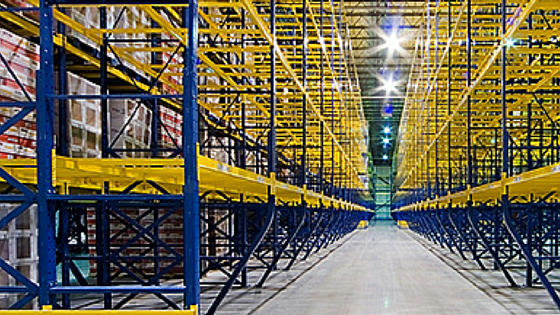Food Plant Refrigeration: Everything You Need to Know About Blast Cells
Whether your food plant packages frozen orange juice or processes chicken breasts, a blast cell freezer can be used to freeze almost any product. It’s important to understand the common misconceptions, the importance of proper design and how to operate your blast cell.
Continue Reading “Food Plant Refrigeration: Everything You Need to Know About Blast Cells”



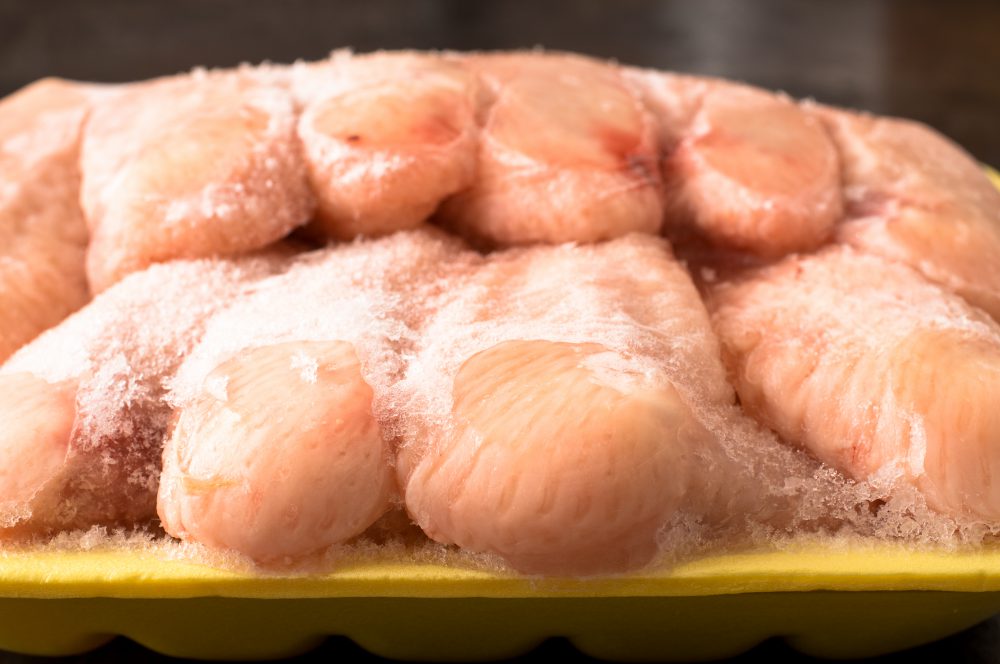

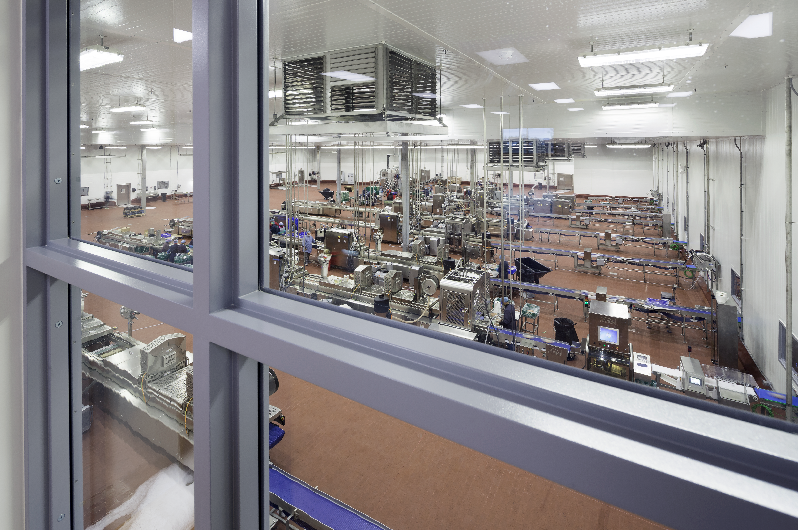


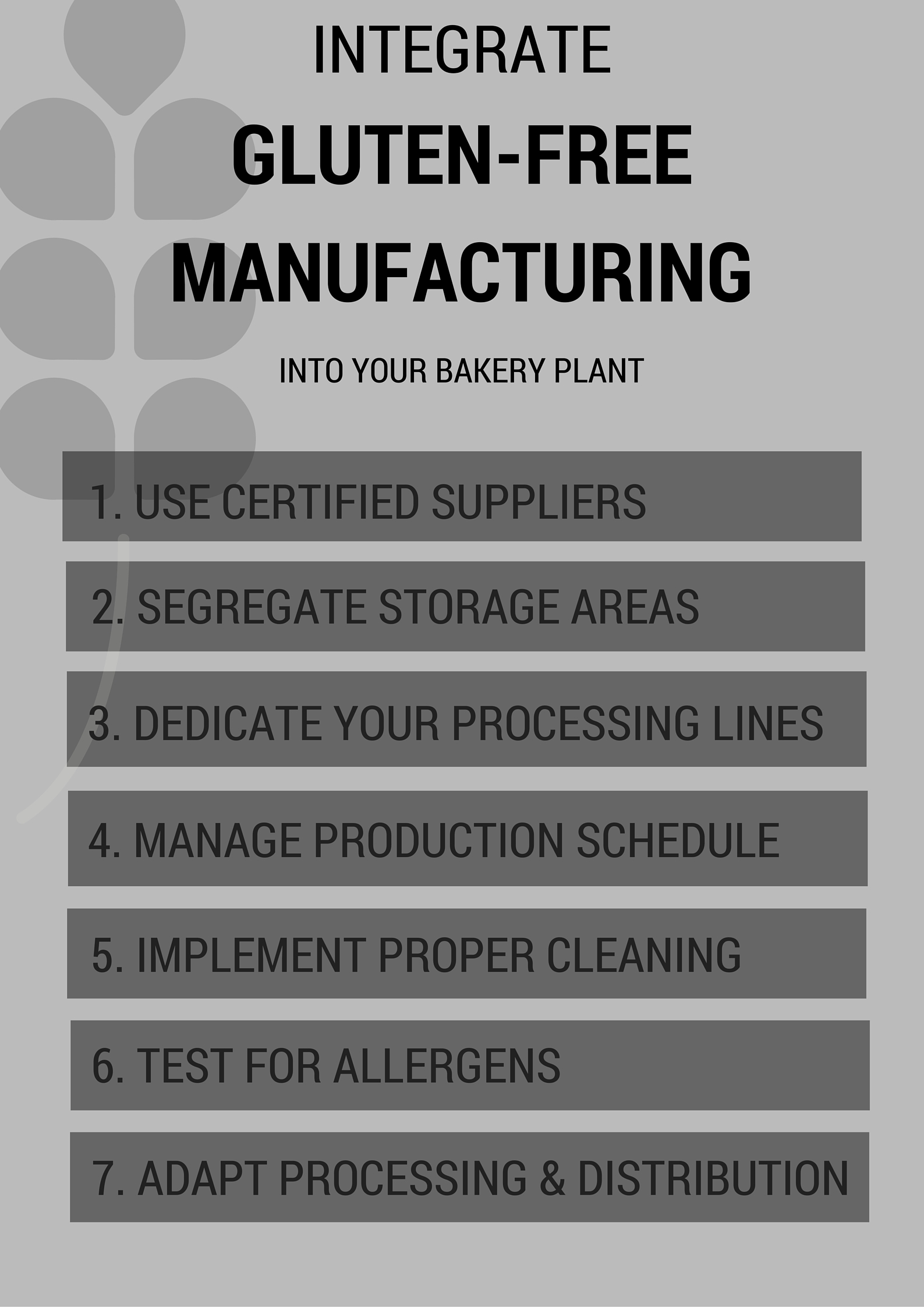
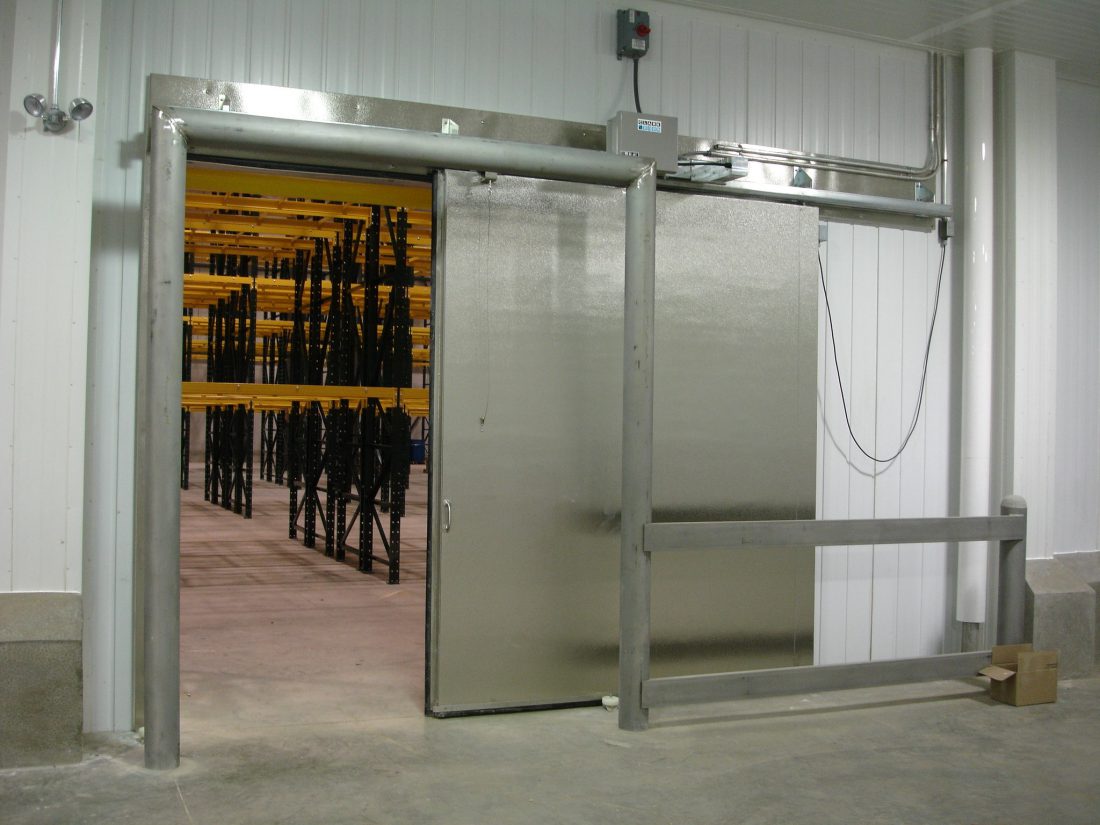
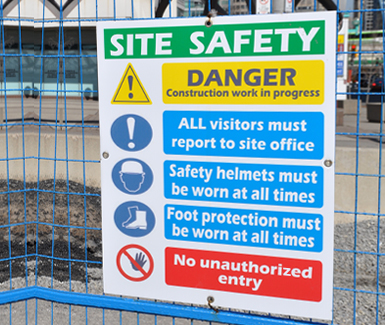
![[Infographic] 5 Important Factors for Selecting a Site for Your New Food Plant](https://stellarfoodforthought.net/wp-content/uploads/2016/03/5-FACTORS-FOR-FOOD-PLANT-SITE-SELECTION.png)
